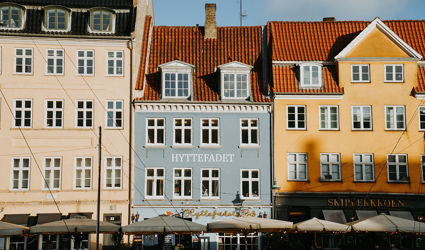Monday October 17, 2016
Foshan, 17.10.2016
After a great shower and some Nescafe, I tune in, by chance, to a live emission on CCTV, China’s state-owned television broadcast station. On the screen appears an important looking military general, wearing his uniform. At first, I feel panic, war must have broken out; or some dramatic event has occurred in China?
The cameras give live footage of a rocket launching from the Jiuquan launch site. The rocket, called Tiang-Gong 2 will travel around the earth. Two astronauts will be sent out in space and, later on, transfer to a space lab. These two men, sitting with their knees high, salute before they are taking off. It brings tears to my eyes, scary stuff these guys do, regardless of the no doubt brilliant engineering. The rocket shield will be subject to a lot of pressure and heat; it should not crack, or else disaster strikes. If all goes well, China, after the US and Russia, will be the third country sending astronauts into space.
On my way down to the first floor I congratulate some Chinese
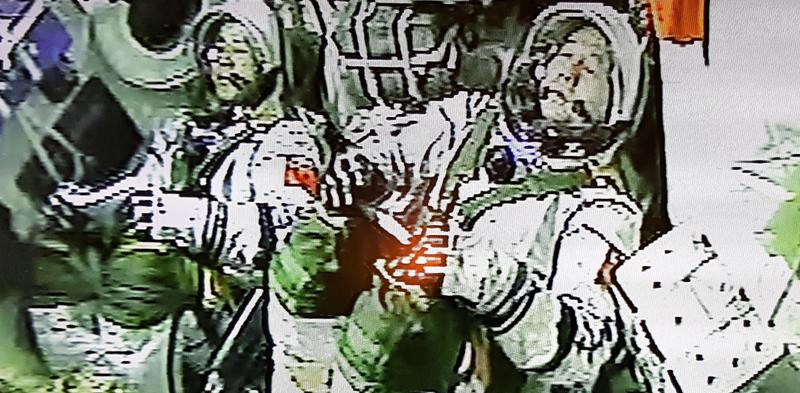
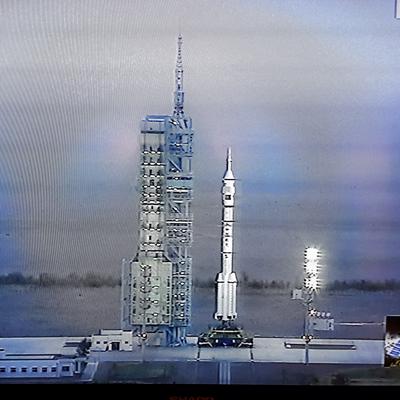
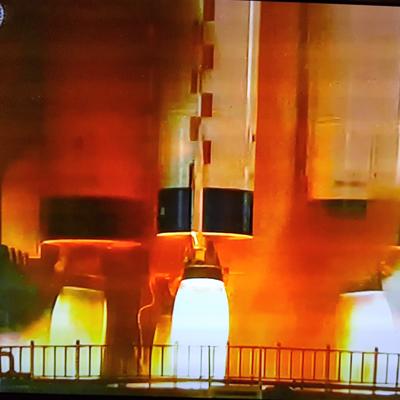


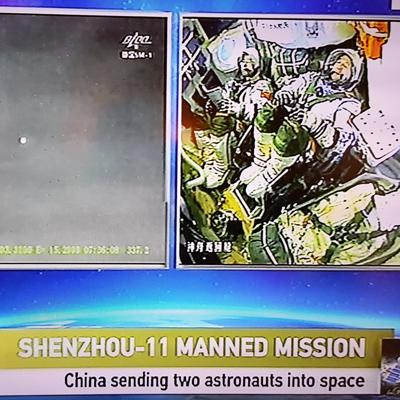
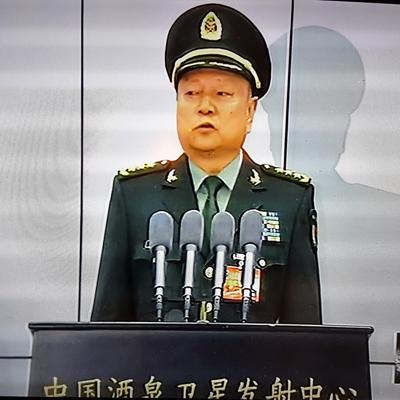
looking men in the elevator with the rocket launch; it does not seem to hit a cord though.
In the breakfast room I find that our group already seated. Quickly I get myself some soup and dumplings, and fruit and vegetables.
Everyone is in a cheerful mood. The trip is about to start! The voice of Sam, who is part of our group, is bold and clear. During the trip this voice will make me find him, or the group whenever I lost sight of them.
Christine is busy in the lobby, double checking an appointment she made for all of us in Foshan. It appears that there is an issue about the opening hours of the museum on Mondays. The guide is making phone calls and Christine is assisting her. At 9:00 a.m. we leave with the bus.
The Nanfeng Zao kiln in Foshan (refer to Jan-Erik Nilsson's site: http://www.gotheborg.com/~gothebor/shiwan/shiwan.shtml ) is the oldest dragon kiln in China. It was built at the time of Emperor Zengde
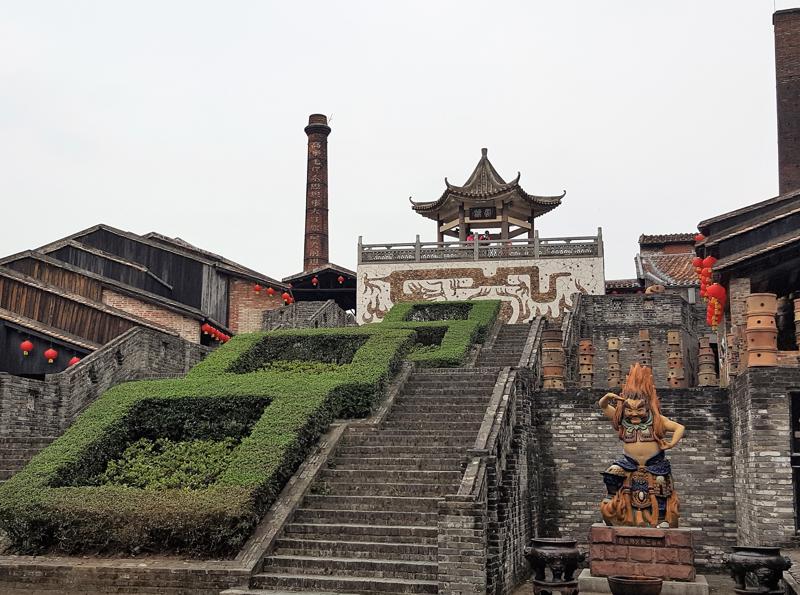
(1506 – 1521 AD) and has a length of 34 meters. We feel really alive here as soon as we arrive on site: it is great to see a dragon kiln! The group gets scattered quite soon, though. The guide looks a bit taken aback: never seen such disobedient people! But in fact we behave properly: we look around; we take pictures and faithfully read the information on the signs for foreign tourists.
Then, Christine gives a shout: “Follow me!” Faithfully, through the streets of the kiln village, we follow her. At the entrance of the museum, she manages to convince a guard… to open the doors of this closed museum (indeed closed on Mondays). ! In awe of her insistence, we enter this Shiwan museum, which has a big collection of Shiwan wares. Truke pulls my arm to show me a vase….a vase with rain pattern. Its glaze is breathtaking.
Walking along the exhibited wares we learn a lot about the various types of kilns as well.
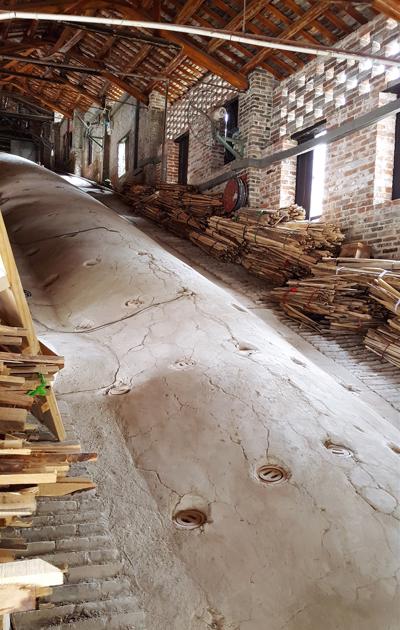
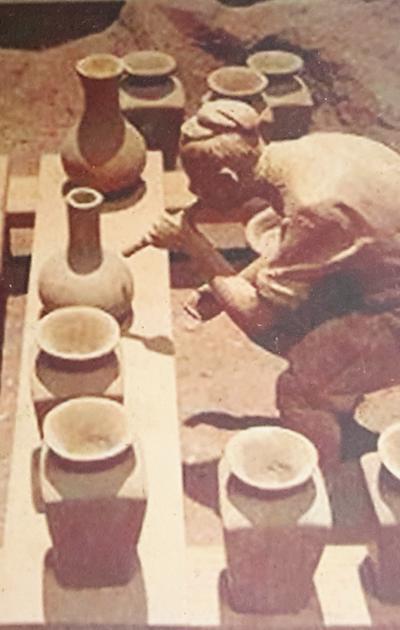
Pigments are shown in small bowls next to the celadons. I yearn for more information – yes, I have Nigel Wood’s and Rose Kerr’s books, but they are at home of course.
We get to see Yaozhou celadon bowls and shards and plates (Song) and Zisha tea wares (Qing). Also, we learn about Yushun, a famous pottery master, who was adored and honored not only locally, but widely beyond Foshan as well.
On the first floor of the Museum there are tea- and other wares exhibited. There are wonderful roof tiles and ridges with legendary creatures fixed to them. I refer to Clarence Eng’s book "Colours and Contrast": This book is full of pictures of beautiful ceramic tiles and ridges with figurines and dragons on them. This well-known author from SOAS describes, in one of the chapters of the book, the markets in Foshan with architectural ceramics (since the Qing). Mr. Eng points the reader to future areas for investigation in Foshan and Shiwan and underlines the value of conserving ancient structures - see also
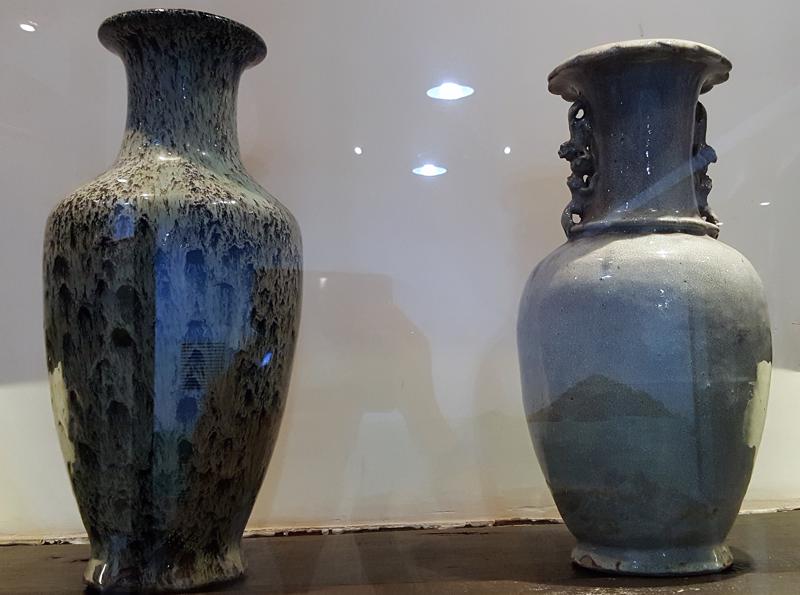


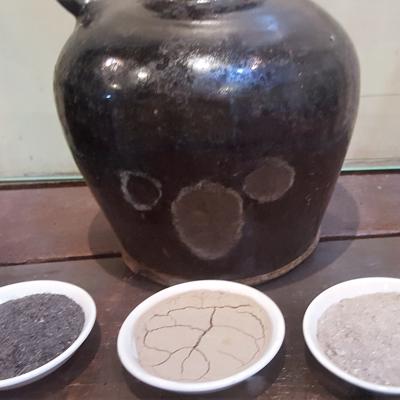
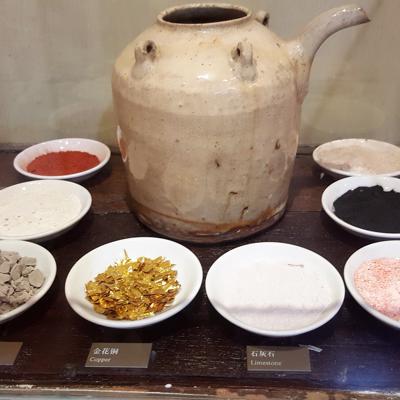
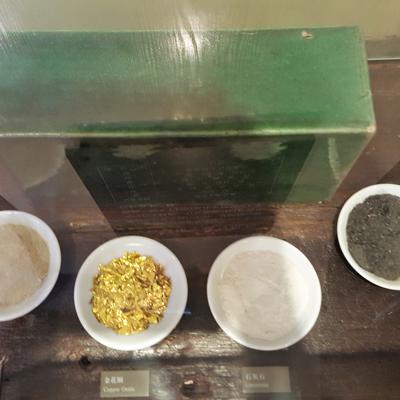
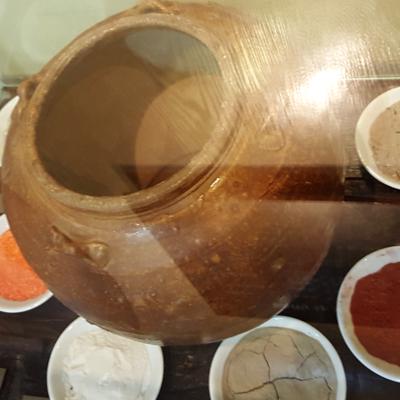
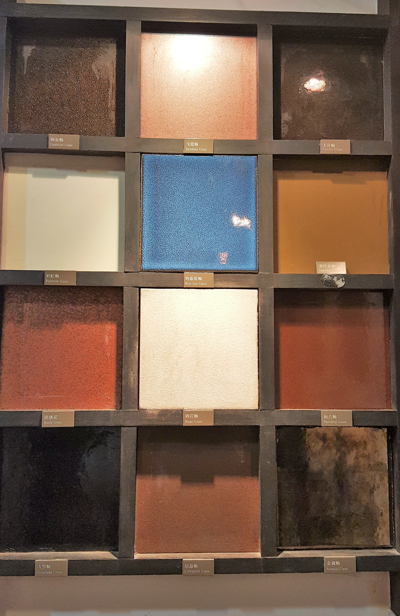
http://www.brill.com/products/book/colours-and-contrast-ceramic-traditions-chinese-architecture).
The decorative ceramic ridge of Shiwan is a form of art. Ornate statues, known as figurines, are part of the ridge tile, or are placed on top of dividing walls as an architectural detail. These figurines represent folklore and legendary heroes, usually borrowed from Cantonese opera’s.
As we walk back to the bus, we come across several shops with long vases, dragons, flowers, and fencai, ducai, falancai colouring.
In the lunch restaurant, we are guided to a private room. As a starter we get a fantastically creamy tofu, it is very soft and sensually tasty. I sit next to the driver and try to communicate a bit with him. I am afraid he might feel left out, by this group of porcelain and art lovers.
Eating with chopsticks does not work well for me, but I get advice from the group. Nevertheless, a small portion of vegetables flies from my stick and lands on the driver’s iPhone. It causes him panic - and even though the iPhone still looks in very good shape, I have a hard time calming my friend down. I now feel very guilty: the phone is such a treasure for him and he has taken us - we all agree with Carl - to a place where there was "probably some of the best food that we ate". The texture and feeling in the mouth are of critical value to the Chinese when eating - we understand that value much better after our lunch in this wonderful place.
After lunch the group soon gets dispersed again. In all the various wonderful shops, we lift pots, smell flowers, and check out the fancy Fencai porcelain garden fountains.
This time it’s me who calls the group together. The driver sighs and starts the motor. Oh, this group!
He tries to get us to a factory for Shiwan and Foshan wares - but it is nowhere to be found. So, instead, we head for a Taoist temple.


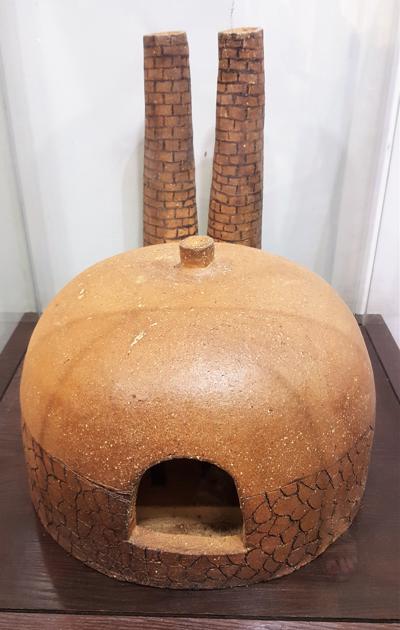
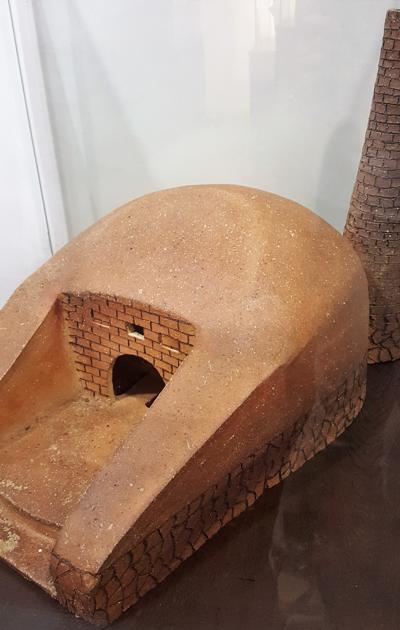
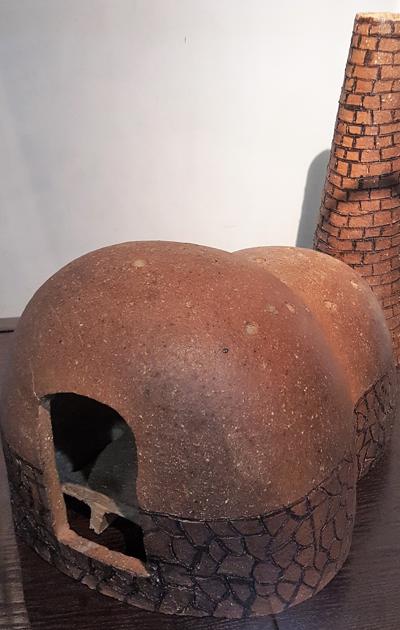


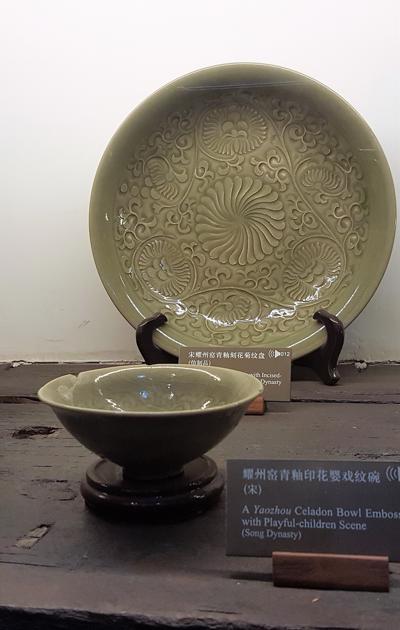
The Zumiao temple was built in 1070 (during the Song dynasty, under the rule of Zhezong) in honor of Xuantiang, a Tao water god; but some claim, it was in fact built for Beidi, the God of the North who protects the area of Foshan. The atmosphere in and around the temple is so sweet, there are old trees and some corridors; and squares where old men are playing a type of chess.
During the Yuan period the temple was destroyed; but it was restored during the Ming. During the 20th century the temple was changed into a martial arts training school and a museum for Wong Fei-hung and Kungfu exhibitions. In addition, one of the squares is sometimes used for Yue opera performances.
The martial arts school and the museum are named after Wong Fei-hung, who was born in Foshan. He was a legend during the Qing dynasty because of his Kungfu techniques. With his strong soul he protected the local people and taught them to practice Kungfu. And still, if there are demons around, you can call upon him to chase them out.
Our group is taken to a square where a lion dance is just about to start – a demonstration given by the Kungfu school. A bright,
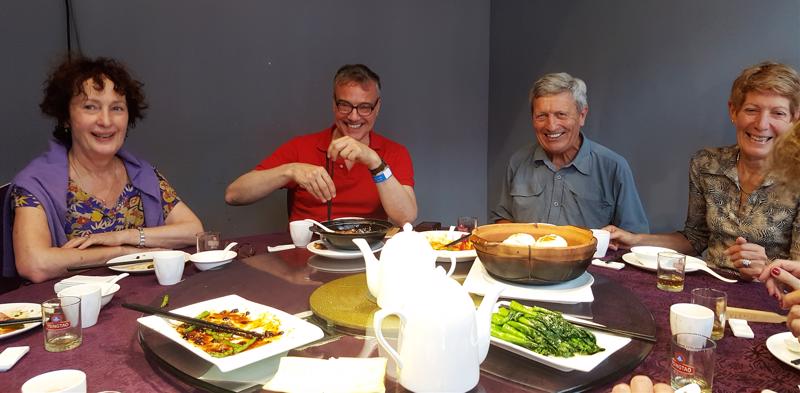
cadmium yellow lion appears. This typically Chinese animal (looking a bit like a dragon) walks around on its four legs, which in fact belong to two Chinese acrobats hidden in the costume Then, a similar but red lion enters the stage as well. The two lions start walking on many pillars, high above the ground and perform all kinds of acrobatic stunts. Drums are beaten, the audience applauds. It is a professional show, but I do worry: what if the lions fall off the pillars? – I am happy when it is all over, without any accident.
Soon after this festive performance, the group is scattered once more. And of course, we get selfie requests. I run into Carl, who directs me to the Tao temple of Pak Tai, one of the great cosmological gods.
This Pak Tai statue has a golden halo against a red background. One might say it is a bit over the top - not how I imagine Taoism, all that
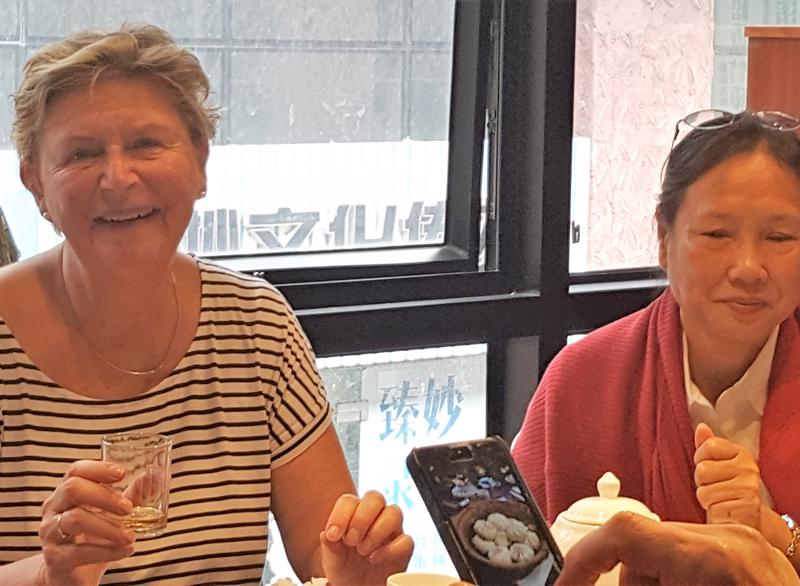

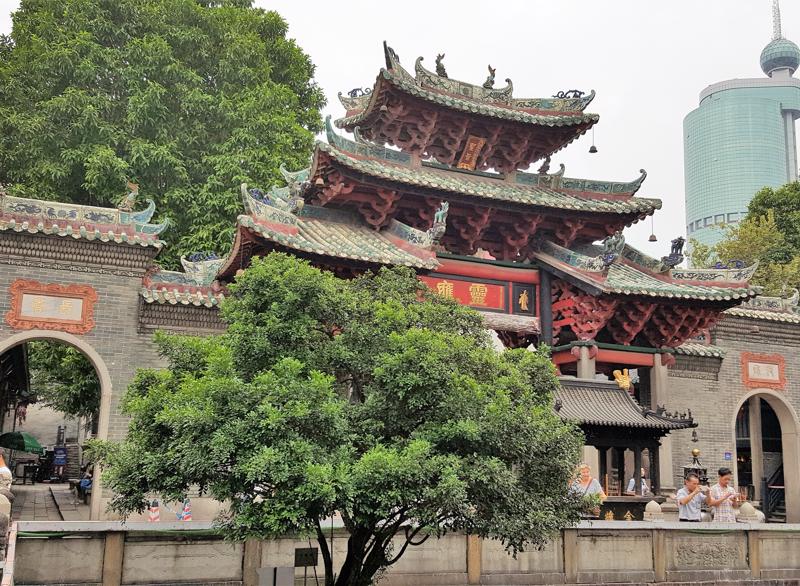
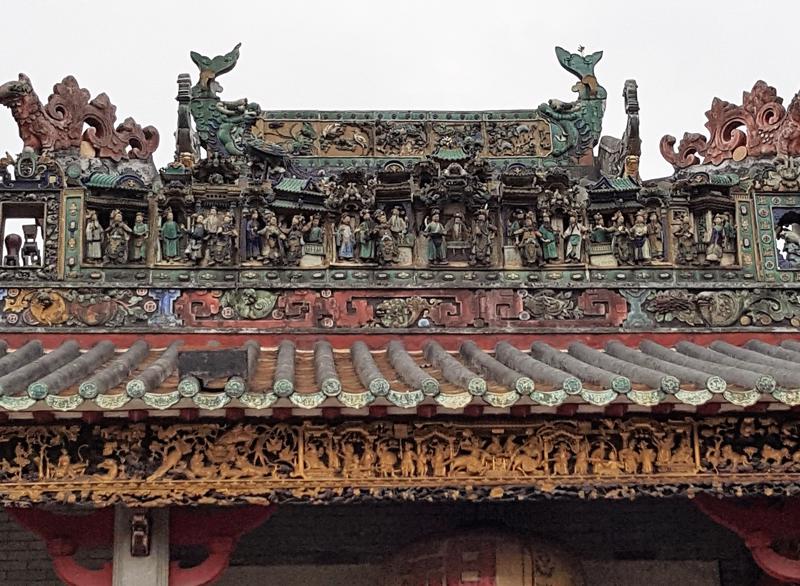
glitter and gold. Still, I make a deep bow for Pak Tai, as I love Taoism, the middle path which keeps you in balance and close to nature.
Back in the bus, we share our experiences of the day. The road is very busy and high-rise buildings show a boring grayness mile after mile. Carl notes it is alienating, this asphalt jungle – I fully agree.
It rains when we arrive at the hotel.
Later on, we walk on to a to a simple neighborhood restaurant (You XingQi?). We feel Chinese here, lovely to eat among the Chinese – no private dinner rooms here. Christine offers a bottle of wine to the group as today is her granddaughter’s birthday. She shows a picture of her granddaughter, and we toast. Carl’s deep baritone laughter fills the room. We return to the hotel full of joy.
When I turn off the light that night I think of Pieter and stories of Huang Feihong...
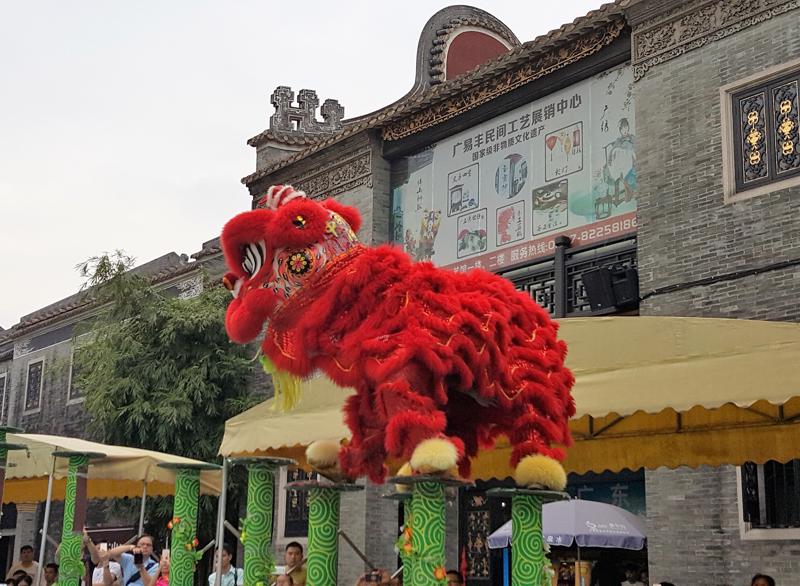
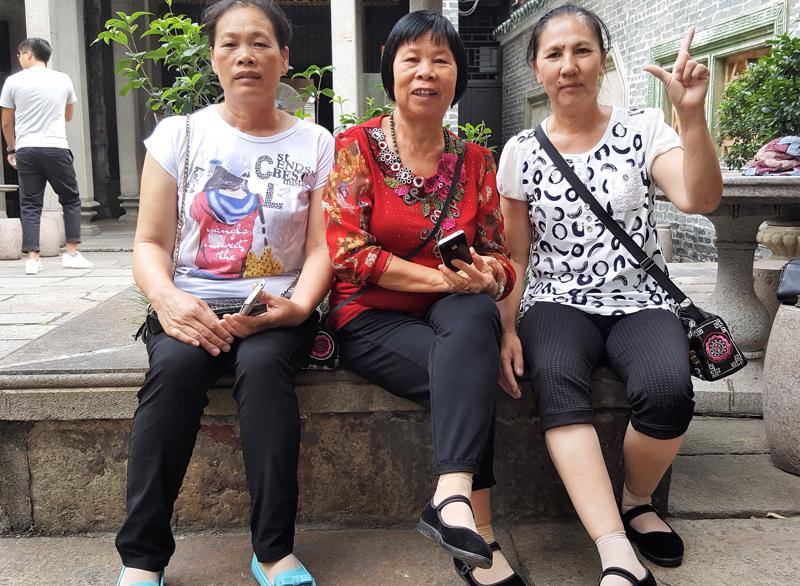
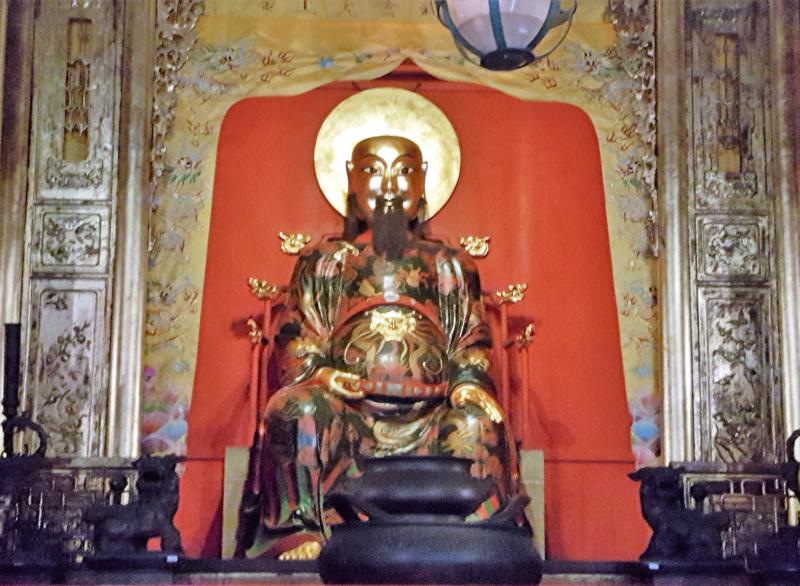


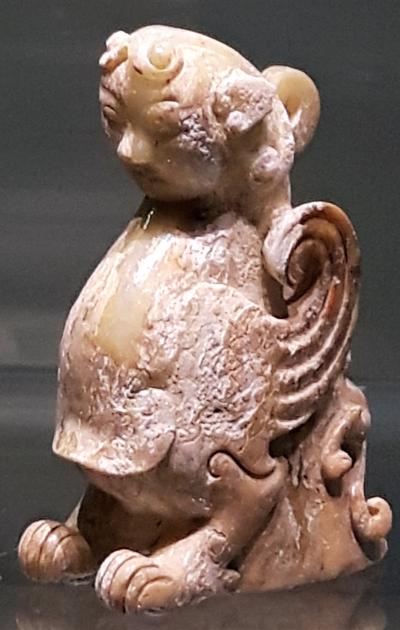

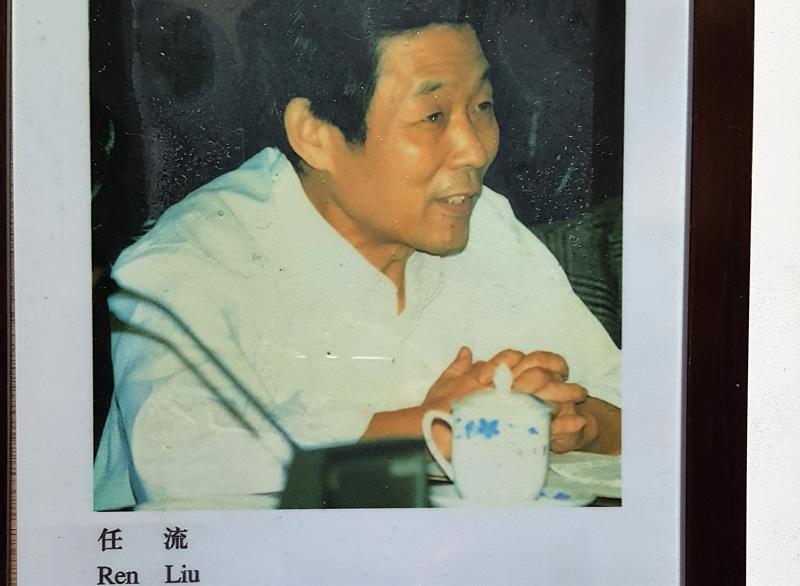
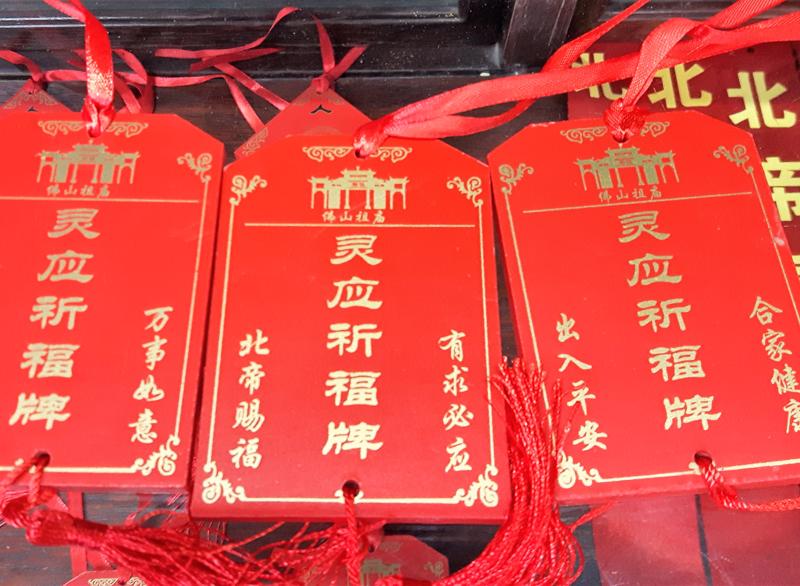
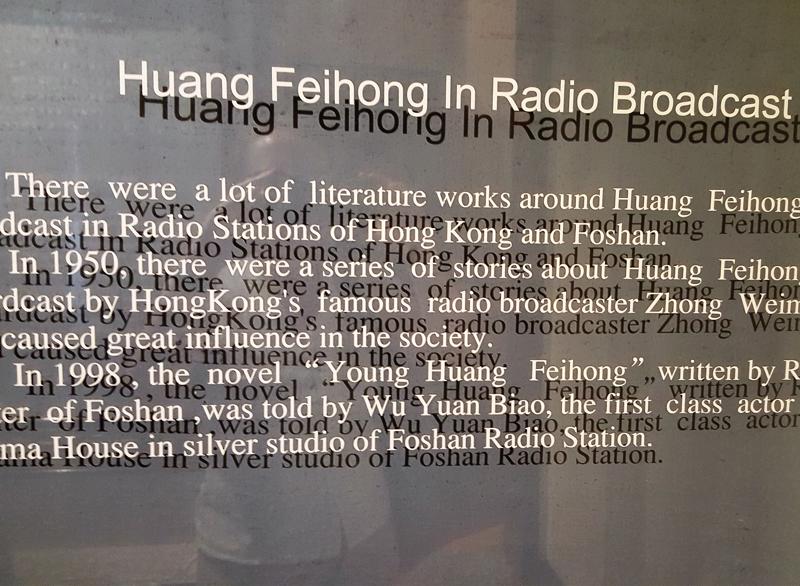
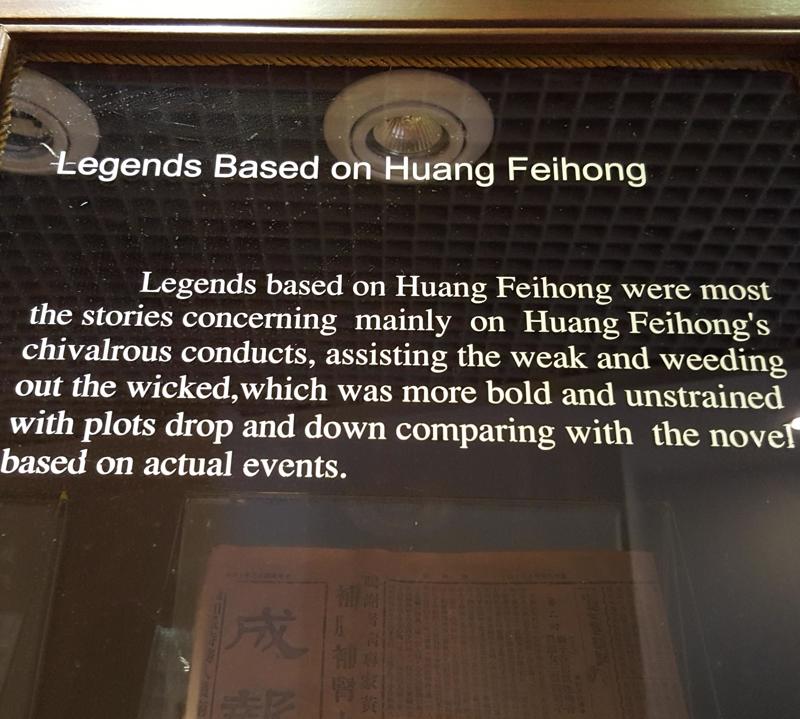
Get started right away!
What are you waiting for? Capture your adventures in a digital diary that you can share with friends and family. You can switch between any of your devices anytime. Get started in our online web application.
